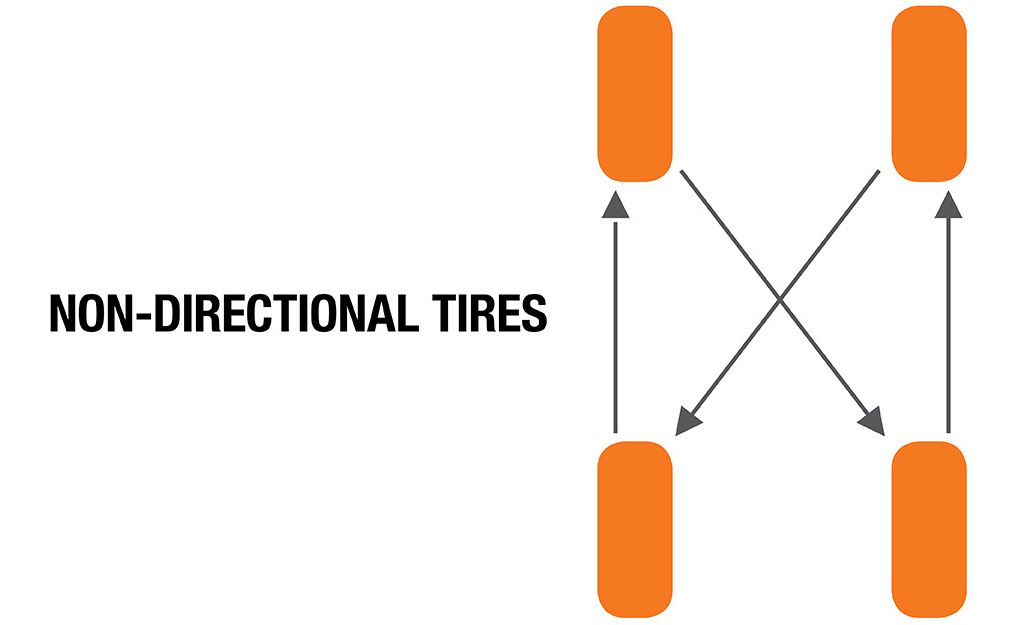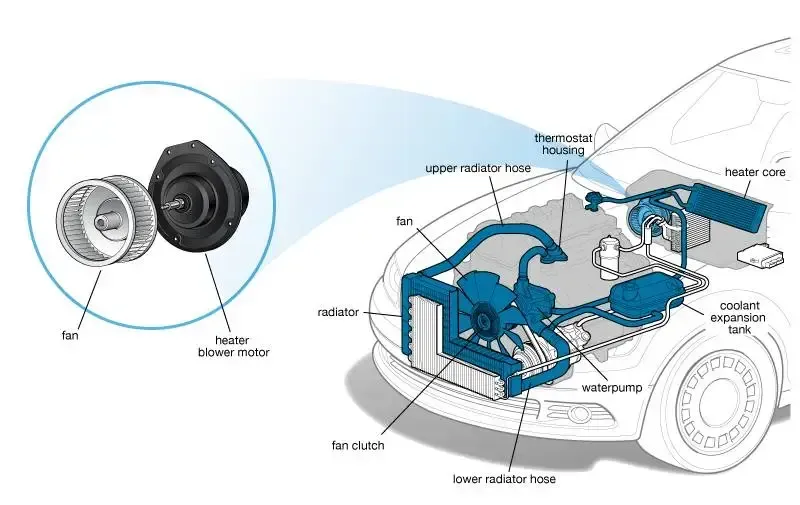Tire Rotation
Example of typical tire rotation

Why Rotate Tires?
Even Tire Wear: Tires wear differently depending on their position on the vehicle. For example:
Front tires often wear faster due to steering and bearing more weight in front-wheel-drive vehicles.
Rear tires may wear unevenly in rear-wheel-drive or all-wheel-drive vehicles.
Rotating tires ensures all four wear evenly, maximizing their lifespan.
Improved Handling and Safety: Uneven tire wear can affect traction, braking, and handling, increasing the risk of accidents. Regular rotation maintains consistent performance.
Cost Savings: Even wear delays the need for premature tire replacement, saving money over time.
Maintains Warranty: Some tire manufacturers require regular rotation to keep the warranty valid.
How Often Should Tires Be Rotated?
General Rule: Rotate tires every 5,000 to 8,000 miles or every 6 months, whichever comes first.
Check the vehicle’s owner’s manual for specific recommendations, as some vehicles or tire types may vary.
Rotate more frequently if the vehicle is driven aggressively, carries heavy loads, or operates on rough roads.
Tire Rotation Patterns
The correct rotation pattern depends on the vehicle and tire type. Here are the most common patterns:
Front-Wheel-Drive Vehicles:
Move front tires straight to the rear (same side).
Move rear tires to the front, crossing them to the opposite side (e.g., rear left to front right).
Rear-Wheel-Drive or All-Wheel-Drive Vehicles:
Move rear tires straight to the front (same side).
Move front tires to the rear, crossing them to the opposite side.
Directional Tires (designed to rotate in one direction):
Move front tires straight to the rear (same side).
Move rear tires straight to the front (same side).
Note: Directional tires cannot be crossed unless they are dismounted and remounted.
Staggered Tires (different sizes on front and rear axles):
Swap tires side-to-side on the same axle (e.g., front left to front right, rear left to rear right).










